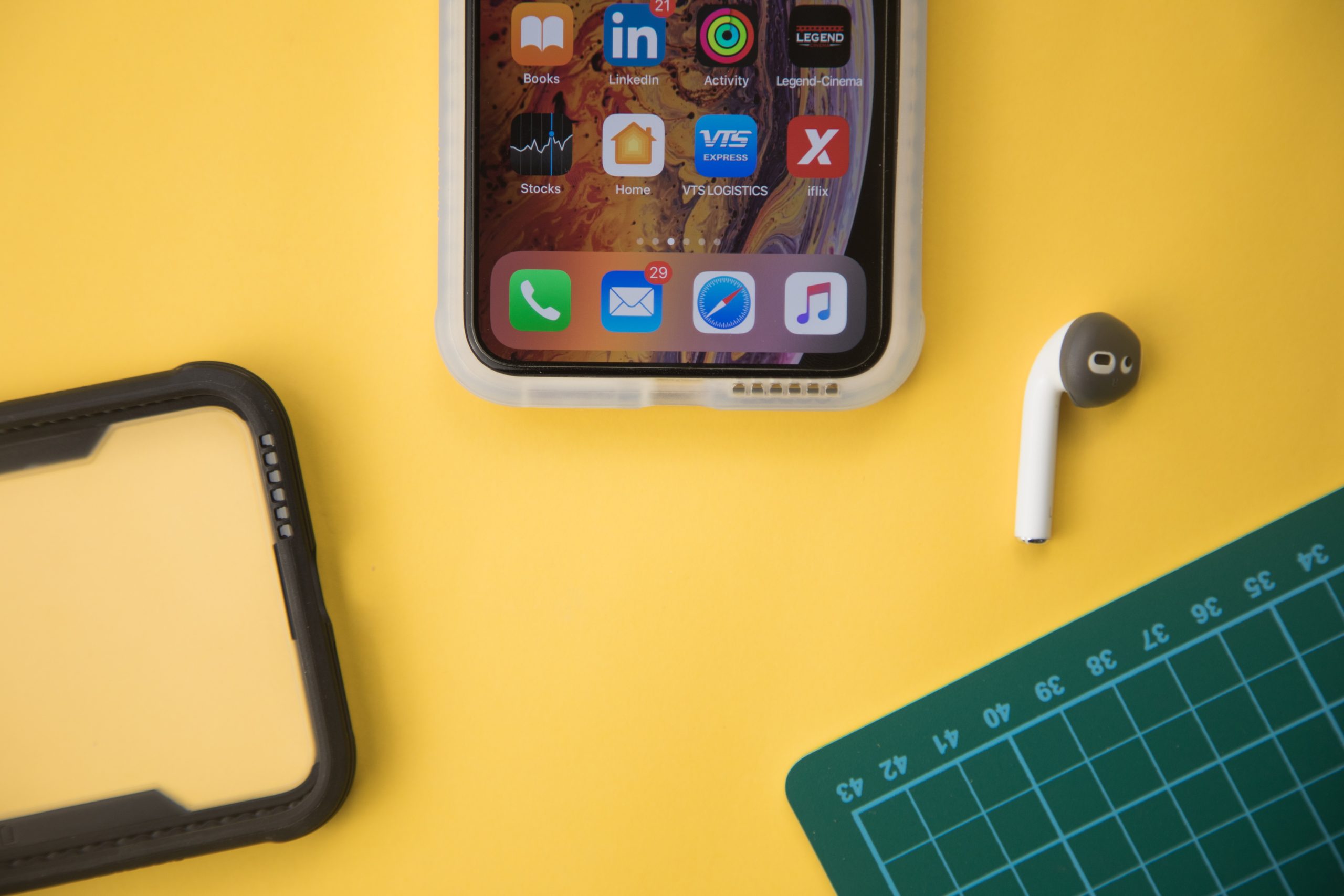In the ever-evolving landscape of mobile applications, one thing remains constant: user experience reigns supreme.

Whether you’re developing a productivity app, a social networking platform, or a mobile game, the success of your application hinges on how well it caters to the needs and expectations of its users.
Crafting a user-centric app interface is not just a design philosophy; it’s a fundamental aspect of creating an app that stands out in a crowded marketplace.
The Essence of User-Centric Design
User-centric design, often referred to as user-centered design (UCD), is a design approach that places the end-users at the core of the design process.
It’s a philosophy that seeks to create intuitive, engaging, and efficient interfaces by understanding user behaviors, preferences, and pain points.
User-centric design follows a structured process that typically involves the following key stages:
- User Research: Understanding your target audience is the first step. This phase involves conducting surveys, interviews, and usability tests to gather insights into user needs and expectations.
- Ideation: Once you’ve gathered user data, it’s time to brainstorm and ideate. This stage involves creating user personas, defining user journeys, and generating ideas for the app’s features and interface.
- Prototyping: Before diving into full-fledged development, designers create prototypes or wireframes of the app’s interface. Prototypes help in visualizing the design’s structure and flow.
- Testing: Usability testing is critical to user-centric design. It involves getting real users to interact with your prototype or early app version, gathering feedback, and making improvements based on that feedback.
- Iterating: Based on user feedback, designers iterate on the interface, making refinements and adjustments. This process can go through multiple cycles until the interface reaches optimal usability.
Key Principles of User-Centric App Interfaces
Creating a user-centric app interface involves applying several key principles. Here are some of the most important ones:
- Simplicity: Keep the interface simple and uncluttered. Avoid overwhelming users with too much information or too many features at once. Use intuitive navigation and clear visual hierarchy.
- Consistency: Maintain consistency in design elements such as buttons, fonts, colors, and icons throughout the app. Character enhances usability and helps users feel familiar with the interface.
- Accessibility: Ensure that your app is accessible to all users, including those with disabilities. This means adhering to accessibility guidelines, using alt text for images, and providing options for larger text or voice commands.
- Feedback: Provide immediate feedback for user actions. When users interact with your app, they should know that their efforts are registered, whether it’s tapping a button, submitting a form, or swiping through screens.
- Personalization: Whenever possible, offer personalized experiences. Tailor content or features based on user preferences and behavior. Personalization can significantly enhance user engagement.
- Performance: A slow, laggy app can frustrate users. Optimize your app’s performance to ensure quick loading times and smooth interactions.
- Error Handling: Make error messages informative and actionable. Instead of simply stating that an error occurred, guide how to resolve the issue.
The Role of Visual Design
While user-centric design heavily emphasizes usability and functionality, aesthetics still play a crucial role. Visual design, including color schemes, typography, and imagery, should align with the app’s purpose and resonate with the target audience. An appealing graphic design can enhance the overall user experience.
Conclusion
In today’s competitive app market, user-centric design is not a luxury but a necessity. Apps that prioritize user experience are more likely to succeed and retain loyal users. By conducting thorough user research, following best design practices, and continuously seeking user feedback, you can craft app interfaces that not only meet but exceed user expectations. Remember, a user-centric approach is an investment that pays off in the form of higher user satisfaction, increased engagement, and long-term success.
So, whether you’re developing the next social media sensation or a niche productivity tool, always put your users first. Crafting user-centric app interfaces is the path to creating apps that truly resonate with your audience and make a lasting impact in the digital world.
FAQS
Q1: What is user-centric design?
A1: User-centric design is an approach that prioritizes the needs and preferences of users when creating products or interfaces, ensuring a better user experience.
Q2: Why is user research important?
A2: User research helps understand user behaviors and preferences, guiding design decisions to create more user-friendly and effective interfaces.
Q3: What is the role of visual design in user-centric app interfaces?
A3: Visual design, including aesthetics, color schemes, and typography, complements functionality and enhances the overall appeal of an app’s interface.
Q4: How can I make my app more accessible?
A4: Ensure your app adheres to accessibility guidelines, uses alt text for images, and provides options like larger text and voice commands for users with disabilities.
Q5: Why is user feedback essential in user-centric design?
A5: User feedback helps identify usability issues, preferences, and pain points, allowing designers to iterate and improve the interface for better user satisfaction.

